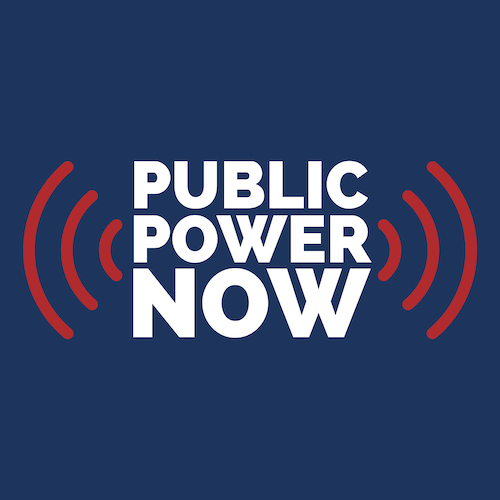Based on a presentation from Brooke Opel, grant advisor, Baker Tilly, at the Leveraging Federal Funding to Move Public Power Forward Virtual Summit.
Through the Infrastructure Investment and Jobs Act, the federal government is investing approximately $1.2 trillion in our nation’s electric grid, broadband access, transportation, and clean water over the next five years. As public power utilities look to benefit from this suite of funding opportunities, there are several key factors to consider when pursuing grants.
Start Early
Because the application period is usually only 30 to 90 days, it is important to ensure you are prepared to apply as quickly as possible. There are many steps you can take well before the application opens, so that your team can focus on preparing the application within the open window.
- All eligible applicants need to have a Unique Entity Identifier, or UEI, to apply for federal grants. The UEI replaces the now retired DUNS number. To get a UEI, you need to register with System Award Management, or SAM, at SAM.gov. Approval can take up to four weeks. If your organization already has a SAM.gov registration, confirm that it’s renewed and current.
- Once your organization has a UEI, you can set up an organizational profile on Grants.gov, the most common — but not the only — application portal for federal grants. Individuals/departments can make profiles that connect to your organization’s profile. To access Grants.gov, you will also need a Login.gov account.
- Make sure you have access to Adobe Acrobat, as it is necessary to review the PDF forms and materials within the Grants.gov workspace.
- Start collecting common grant files, such as resumes for likely key project staff and letters of support from partners or community stakeholders, even before an announcement opens.
Get Organized
Key projects and deadlines can easily be lost within the volume of opportunities made available through the IIJA.
- Define the priorities/projects your utility would like to pursue to help focus your efforts.
- Find and list which available program(s) match your needs and priorities.
- Create a matrix that organizes key information about the potential opportunities (funding amounts, deadlines, etc.) and how they relate to your priorities/projects. This can help you rank opportunities and highlight any potential overlap in application periods, which will help you determine how much you can take on within the various time frames and what might be able to wait.
- Know the terms:
- Rolling funds are available until expended with no specific application deadlines.
- Competitive grants are awarded based on the merit of the project and proposal.
- Formula grants are noncompetitive and often allocated to states and tribes. These grants could still include a competitive process at the state or local level.
- Cooperative grants are similar to grants but typically require more coordination and communication with the funding agency throughout the life of the project.
- Stay up to date on application announcements. You can view the opportunities (and synopses) on federal sites, such as Grants.gov and Build.gov, and on the American Public Power Association’s Federal Funding Opportunities page.
Do Your Homework
Once the grant application processes open, read the funding announcements carefully, so you understand the requirements, scoring criteria, key words and phrases, and program priorities. Also, determine how competitive the grant is (i.e., how much total funding is available versus the anticipated number of awards) to set your expectations.
- Thoroughly vet each opportunity to determine whether:
- Your organization is eligible.
- The funding minimum/maximum matches your needs.
- A funding match is required, and if so, whether you can support the match.
- Your project activities are eligible.
- The grant will fund your project(s).
- The level of effort required to complete the application is manageable within the allotted time frame, knowing you are not guaranteed to receive competitive grants.
- Compile a list of all the information needed to complete the necessary documents and forms.
- Do not hesitate to ask questions. Each funding opportunity announcement will include a contact. Some agencies will offer assistance or meetings with prospective applicants — take advantage of this help if it’s offered.
Finish Strong
A few other tips will keep your funding pursuit process on track and make your application competitive.
- When writing the project narrative, be clear with your overall goal (think big), project goals and objectives — set one to three objectives per goal, and make sure they are specific, measurable, and realistic.
- Use priority terms and repeated language found in the announcement in your project narrative, especially in the topic sentences, so the reviewers clearly know what elements of the announcement you are addressing.
- Remember that appendices, if accepted, do not typically count toward the project narrative length.
- Don’t go it alone. Collaborate across departments and with third-party vendors and other entities that can support the project.
- Before you submit, carefully proofread the entire application, ensure it meets all formatting requirements, and convert it into a polished PDF.
- Aim to submit your application at least one to two days before the deadline because there can be snags in the process, particularly with grant portals like Grants.gov.
- After submitting, check back to make sure the submission bars within Grants.gov are “all green,” meaning that the agency has received your application and nothing else is pending on your part.

